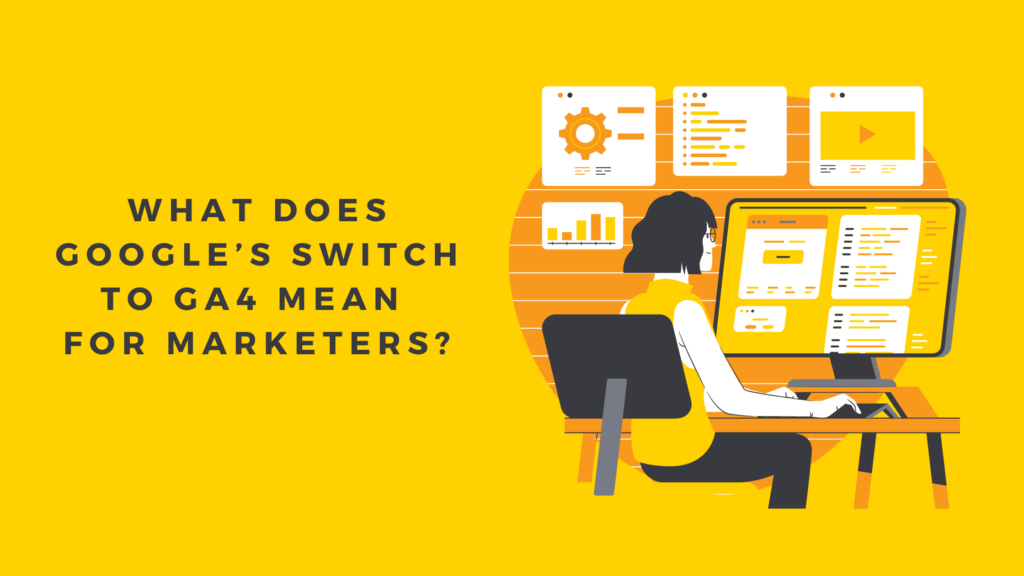
A lot of attention is being paid to Google’s “new” Analytics property, GA4. First, given that the original launch of GA4 was in October 2020, why is it “new?” Well, it’s not…but on July 1, 2023, Google’s Universal Analytics Property will stop processing data, and Universal Analytics 360 will stop exactly one year after (July 1, 2024). Effectively driving customers to utilize the “new” GA4 property.
The big question is, what does that mean for marketers and other clients? Simply put, it means once GA4 is integrated there will be more data for us to work with! That’s good news, right? Kind of, it also means more work initially. The first need is to ensure implementation is done right. For those who do not outsource their website management, Google provides a quick guide to assist with this part. Second, it’s time to get used to new data with a new look. Essentially, Universal was built around using independent sessions of search on a desktop or laptop. It also relied on Cookies for much of its information. GA4 aggregates data across all platforms making it more universal for modern users. GA4 is also less reliant on cookies (for obvious reasons) and rather than individual search sessions it uses “event-based” data. Basically, now everything is reported, not only interactions. The blog at PIWIK gives a more in-depth description.
Finally, the output data is going to look different. You can’t expect the data to look the same as it did in Universal, 360, or other Google Analytics properties so you’ll have to get used to the new look. What you can expect for starters, is that your session count will probably be lower, but your time of session will probably increase because event-based data models do not reset.
To sum it up, it means there will be more comprehensive data to work with across the suite of digital services and it means that the full effect of cross-platform marketing will be visible and actionable, which means improved insights and improved ROI for clients.

